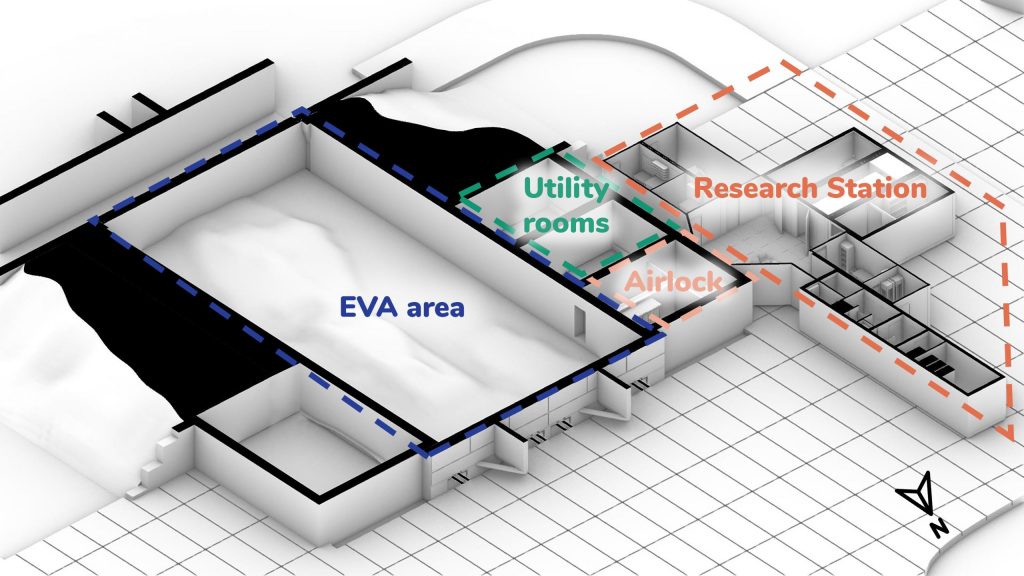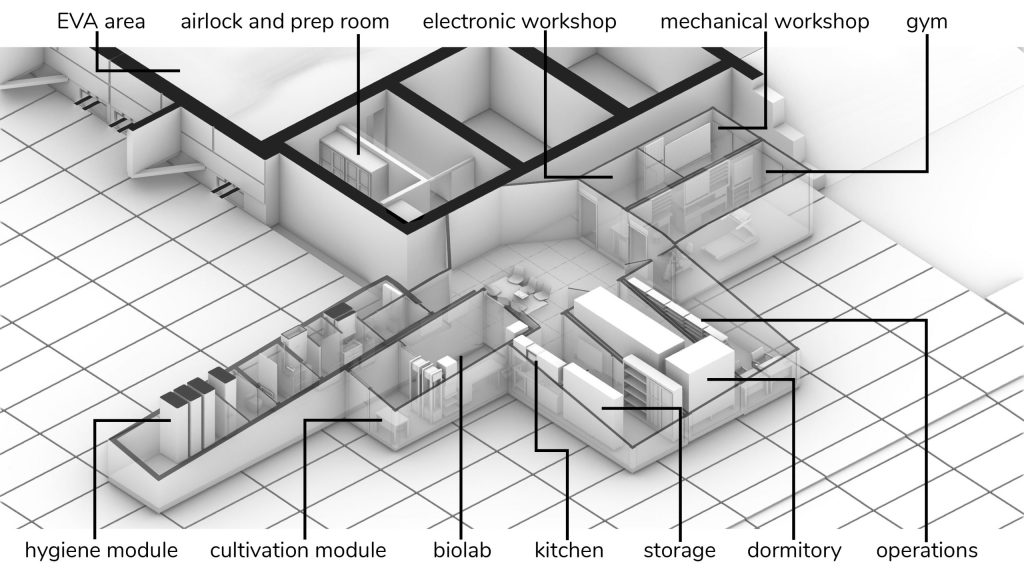What is LunAres Research Station
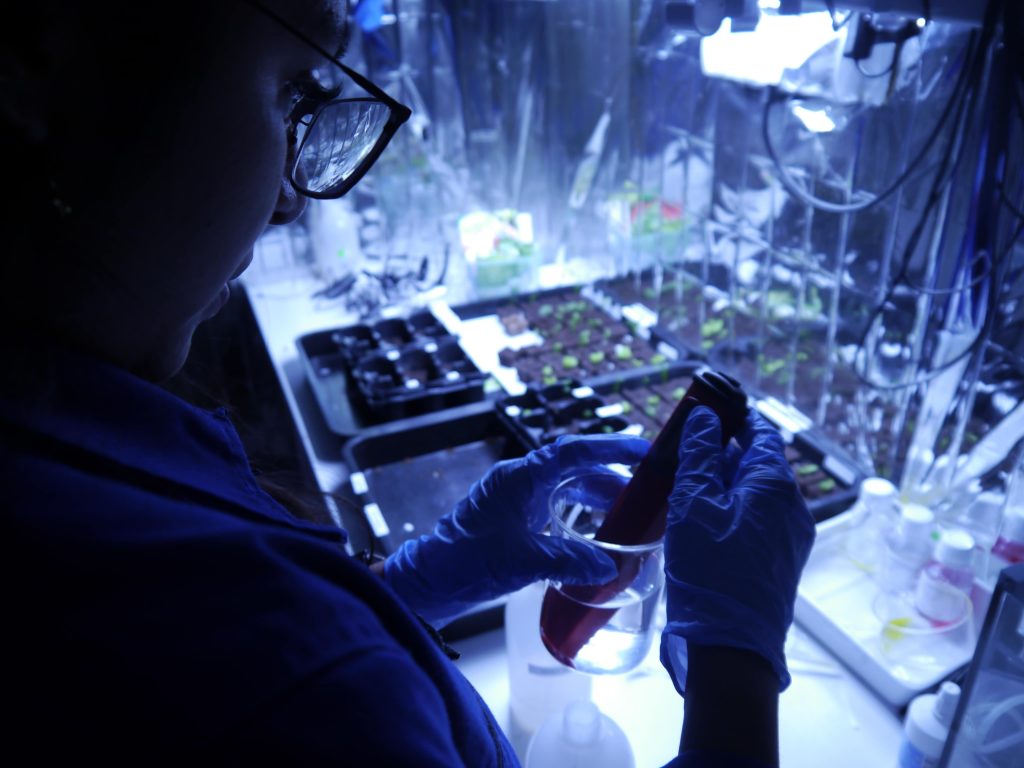
Biological laboratory, © M. Jedryszek
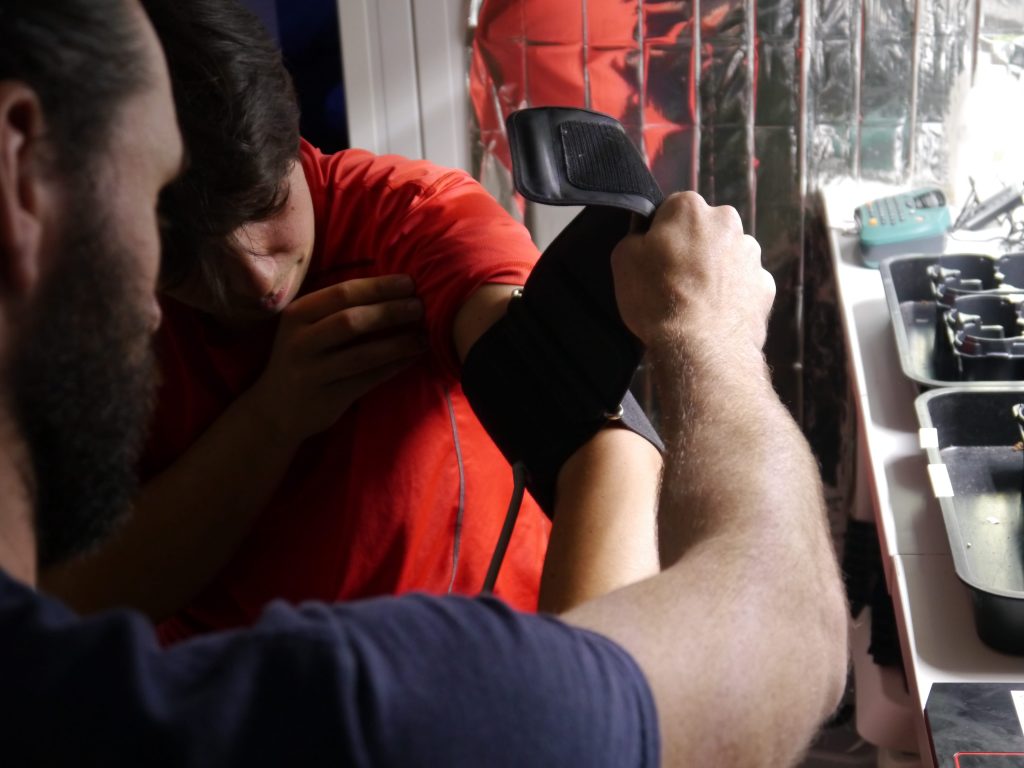
Human Factor Data Gathering,
© M. Jedryszek
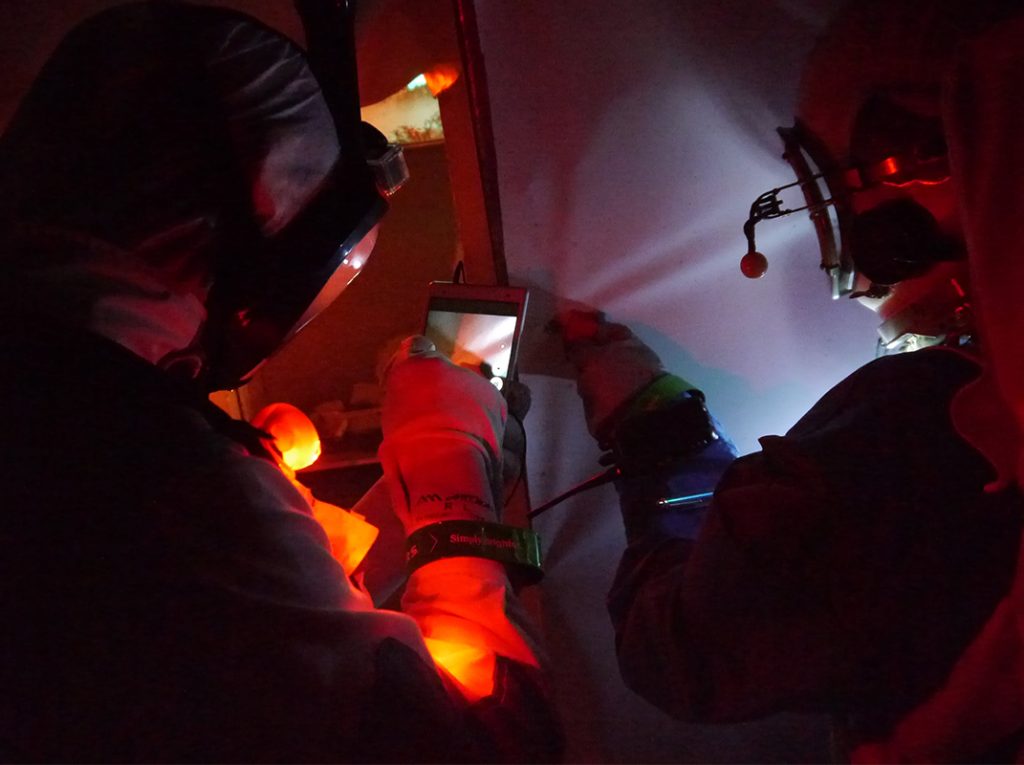
EVA Research, © M. Jedryszek
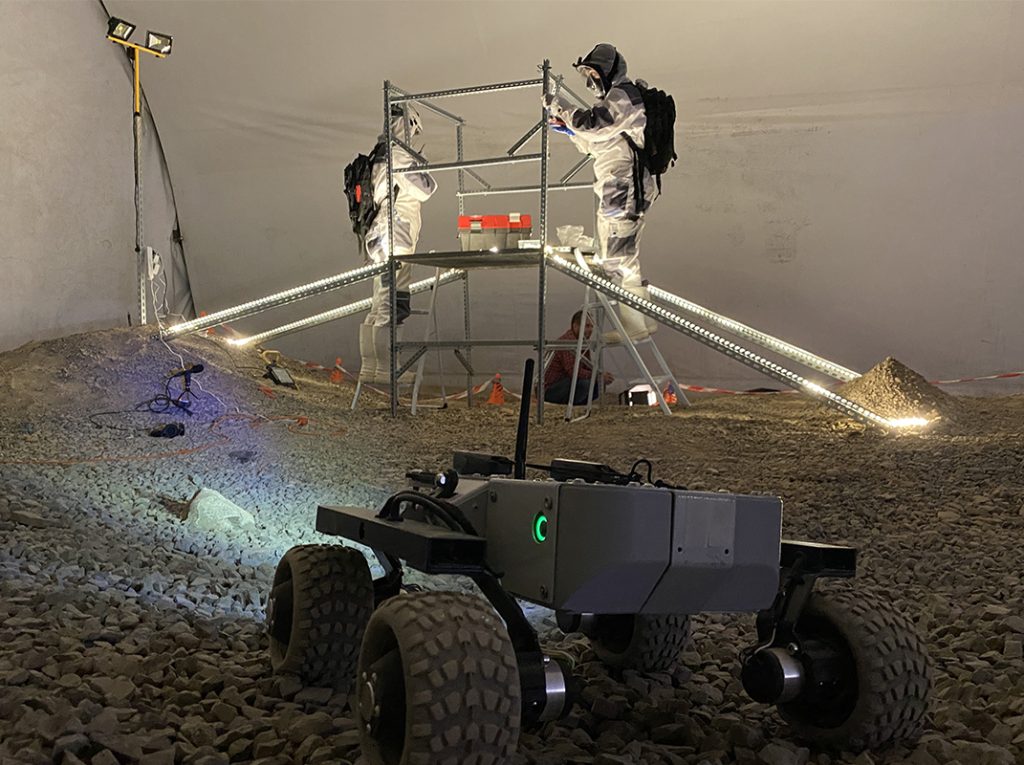
EVA Technologies testing and Development, © Sensoria crew
The station is located at a post-military airport in a remote area, close to the city. The current purpose of the site is educational and recreational, with access to attractions such as an aeroclub offering sailplanes and paragliding flights, an aerospace museum and a deep-diving base. Next to the LunAres Base, an educational centre (aerospace-themed) for children and youth is going to be open in 2024/2025. The centre will be operating in collaboration with LunAres, offering additional infrastructure for public events, workshops, and conferences.
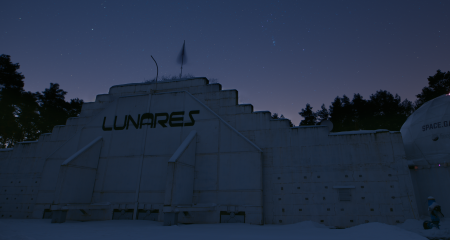
LunAres Research Station © Marcin Baraniecki
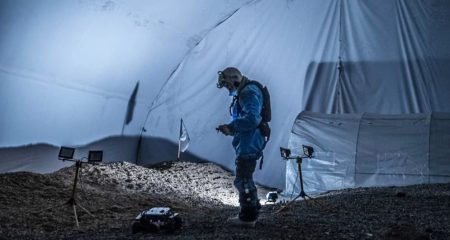
EVA Terrain © Matjaž Tančič
Infrastructure
The research facility consists of two areas: Habitat, and EVA area located inside the post-military hangar. The EVA terrain is connected to the rest of the station via an airlock. The Habitat part provides a crew with several functions in separate modules. The organization of modules is planned in the way to provide adjacency of quite functions, requiring water supply or dirty spaces. The available functions are:
- Dormitory – includes private space and personal storage to provide psychological comfort for crew members.
- Kitchen – equipped with basic utensils used for meal preparation and with furniture to enable group meals and social gatherings.
- Gym – A daily routine such as physical activity is part of the mission factor studied in LunAres. The station provides accessories for individual or group training.
- Sanitary module – includes equipment required for off-grid water supply installation and personal hygiene. The sanitary ware enables the gathering of biological samples, water consumption monitoring and grey water production.
- Biolab – used to perform chemical and biological experiments as well as to grow different kinds of food/plants using hydroponic and aeroponic installations.
- Workshop module – a place where construction activities related to minor repairs and prototyping are conducted. Equipped with mechanical and electronic workbenches, basic tools, accessories, 3D printer.
- Operations – has a working space for each crew member.
- Atrium – room covered with a dome structure creating a large open space. The module is multifunctional and provides access to every other module and EVA area.
- EVA prep room – the storage and prep room with all the EVA accessories
- EVA area – an isolated terrain of 250 square meters for planetary EVA (Extra Vehicular Activities) simulations. The hangar terrain is filled with diverse basaltic and silicic material, with grain sizing varying from very fine sand to cobble.
- EVA shelter – the space used for scenarios, where the EVA team needs to stay outside of the habitat for a longer time or take shelter.
